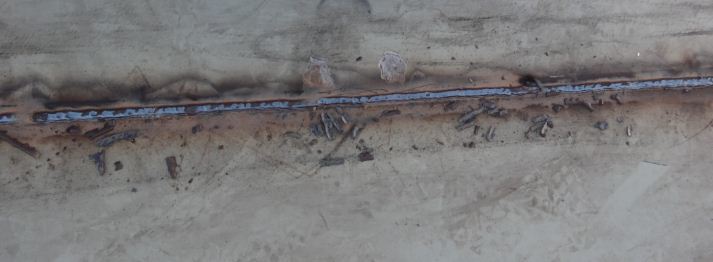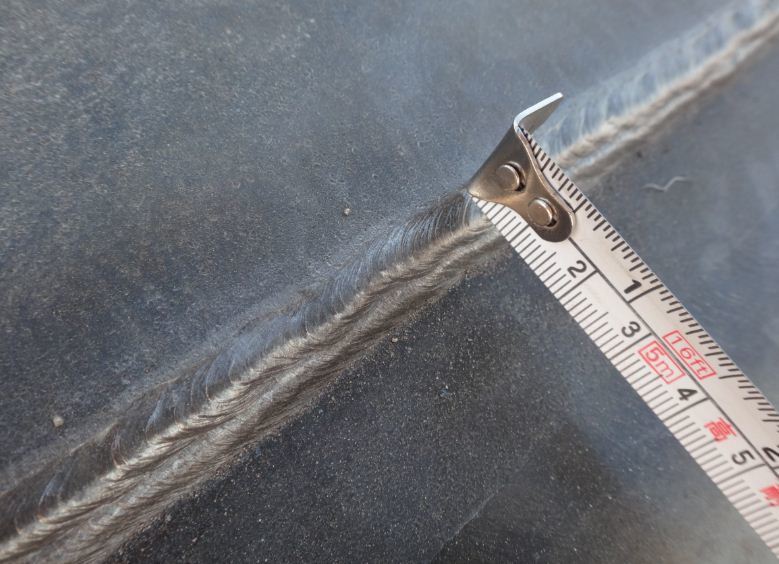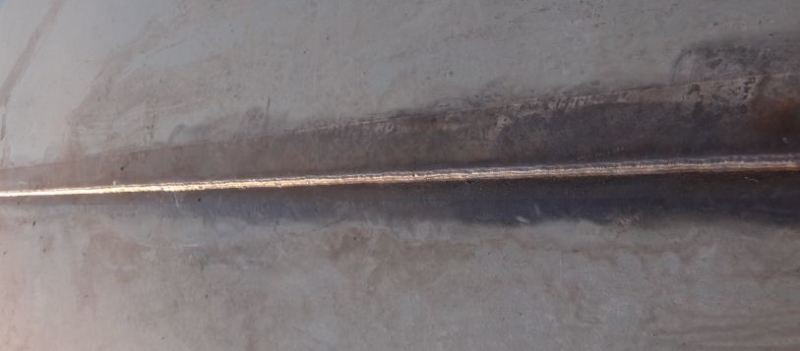Syahar1975
Mechanical
- Feb 3, 2011
- 224
Dear experts,
Is there any guidance in regards to how many passes (including root, hot and cappings) for lap weld joint and butt weld joint with SMAW process ?
For example :
a. Bottom plate to bottom plate lap joint where the thickness is 10 mm. Let say 2.4 mm for root pass + 1 pass 3.2 mm + 1 pass 4 mm .
b. Bottom plate to annular plate lap joint where the bottom plate is 10 mm and annular is 13 mm.
c. Vertical joint on shell plate 24 mm.
I have seen CB&I has their on standard for the above cases and many other cases.
Syah
Is there any guidance in regards to how many passes (including root, hot and cappings) for lap weld joint and butt weld joint with SMAW process ?
For example :
a. Bottom plate to bottom plate lap joint where the thickness is 10 mm. Let say 2.4 mm for root pass + 1 pass 3.2 mm + 1 pass 4 mm .
b. Bottom plate to annular plate lap joint where the bottom plate is 10 mm and annular is 13 mm.
c. Vertical joint on shell plate 24 mm.
I have seen CB&I has their on standard for the above cases and many other cases.
Syah



